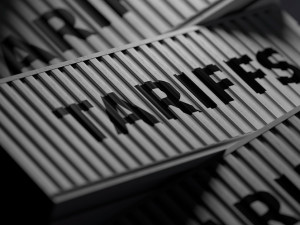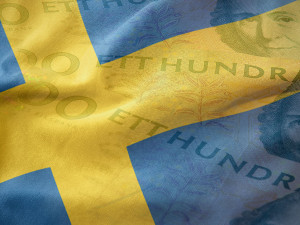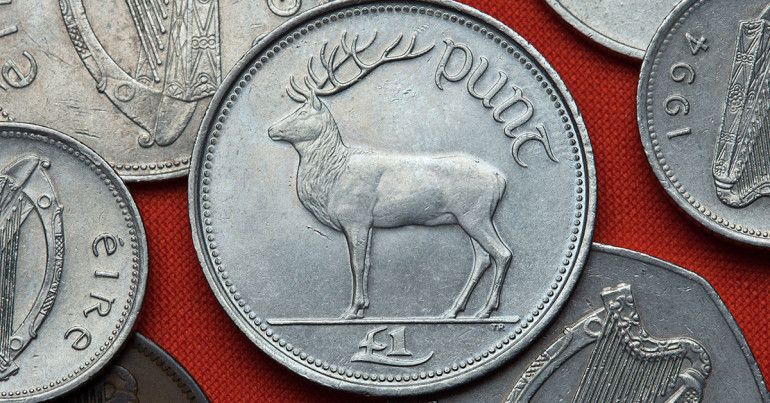
The Irish pound (IEP) was a currency used in Ireland from the late 10th century until it was merged with pound sterling in 1826. Following the establishment of the Irish pound from 1928, the currency lasted until 2002 when it was replaced by the euro.
In this article, we will be covering the history of the Irish pound, the development of the currency, and its replacement in 2002 with the euro.
What currency do they use in Ireland?
The Republic of Ireland uses the euro and Northern Ireland uses pound sterling, as it is part of the UK. The Irish pound (IEP) was in use for hundreds of years in different variations, and was represented by the ‘£’ symbol.
The Republic of Ireland is part of the EU, so is part of the eurozone, unlike the United Kingdom, who left the EU in 2020, and was never part of the eurozone.
You cannot use British pound sterling in Ireland. There may be some places along the border of Northern Ireland (where Sterling is used), but the majority of places in Ireland will not accept sterling. Most places today will use a card machine, so you can use a card regardless.
The Irish pound (IEP)
After Irish independence in 1922, the new Irish Free State continued to use the pound sterling for around six years until introducing its own currency in 1928. This currency was initially called the Free State pound, and pegged at a fixed exchange rate of 1:1 with pound sterling.
After the changing of the name of the country to Ireland (from Irish Free State), at the end of 1937, in 1938, the currency was officially named the Irish pound (often referred to simply as ‘punt’).
Separation from pound sterling
With the backdrop of the Troubles in 1978, the European Monetary System was introduced, and Ireland opted to join. As the United Kingdom declined, this meant that the parity between pound sterling and the Irish pound began to move, and a 1:1 exchange couldn’t be maintained.
On the 30th of March 1979, an official IEP to GBP exchange rate was introduced. As part of a further separation, Ireland also began to mint its own currency, instead of relying on the British Royal Mint. These events were a precursor to an economic separation from the UK economy.
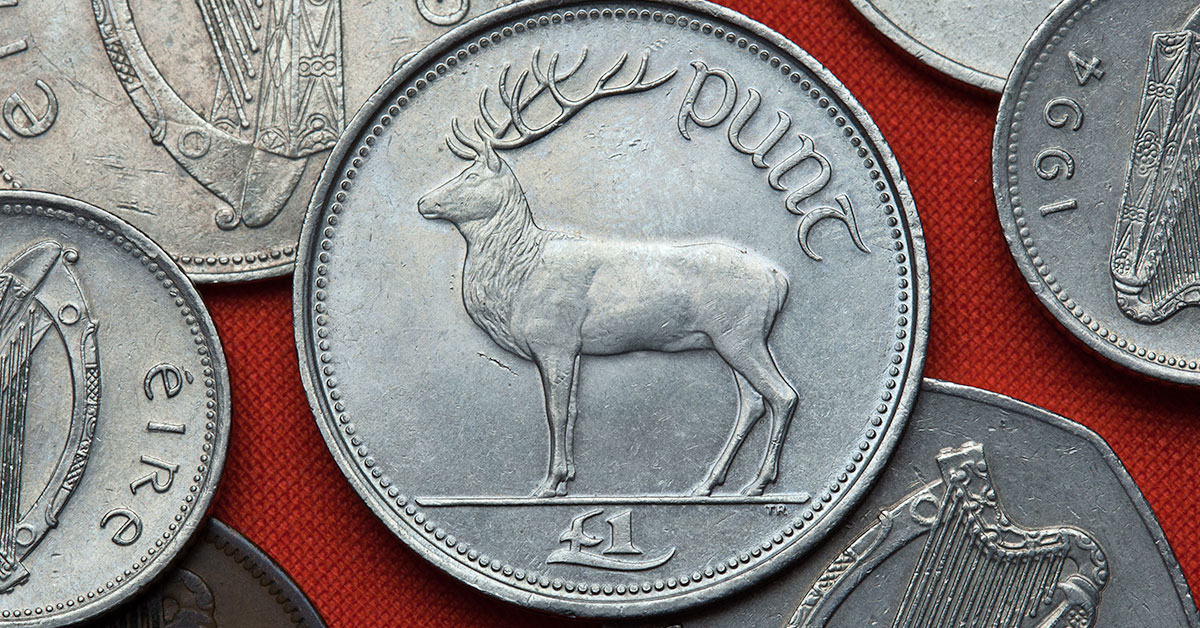
Adoption of the euro
Along with the UK and Denmark, Ireland officially joined the EU in 1973. With the introduction of the euro on the cards in 1999, Denmark and the UK declined, but Ireland agreed. In 2002, the Irish pound was officially replaced with the euro on the 1st of January 2002, and Irish pounds ceased to be legal tender on the 9th of February 2002.
The official conversion rate for the Irish pound to the euro was set at €1 = 0.787564 IEP. All Irish pounds are still redeemable for euros at Ireland’s Central Bank in Dublin to this day.
Why did Ireland adopt the euro?
As referred to in The Irish Times, the adoption of the euro was “based on a strategic vision that Ireland’s economic and political future lay with Europe, rather than the former colonial power.” While the Irish pound was an independent currency with its own exchange rate and domestic minting, it still lived in the shadow of the pound sterling. Adopting the euro was a way to break into the international stage, and foster relations with the wider global economy outside of the UK.
Public support in Ireland for the euro was strong, and according to the Central Bank of Ireland in a 2003 bulletin, within a week almost 90% of all cash transactions were being carried out with euros, and the changeover was virtually complete.
The rapid cash changeover caused inflation to rise from 1.6% in 1999 to 4.6% in 2002 – however many economists argue that this was not purely a result of the euro introduction.
The Irish economic crisis
The Great Recession of 2008 was felt particularly hard in Ireland, and the government was required to bail the banks out – costing €64 billion.
The world recession caused a knock-on effect into the European debt crisis in 2009, which was also felt in Ireland.
Greece fell into a financial crisis in late 2009, and received an EU-IMF bailout package in May of 2010. Ireland quickly followed suit, receiving their own EU-IMF bailout of €85 billion in November of the same year.
Like many other countries, Ireland had vulnerabilities in the banking sector and huge exposure to the property market bubble.
Austerity measures were introduced, as well as public spending cuts and tax increases, causing some unrest in the country. By 2014, Ireland had exited the bailout program, and managed to return to global markets relatively unscathed.
Ireland’s adoption of the euro over the Irish pound has still remained strong, and despite these recent economic troubles, Euroscepticism remains low in Ireland, with opinion polls held between 2017 and 2022 showing support for membership to be between 70-90% of the population.
The euro as a currency survived the sovereign debt crisis, and remains popular in Ireland, but whether the euro could crash again is still debated by economists.
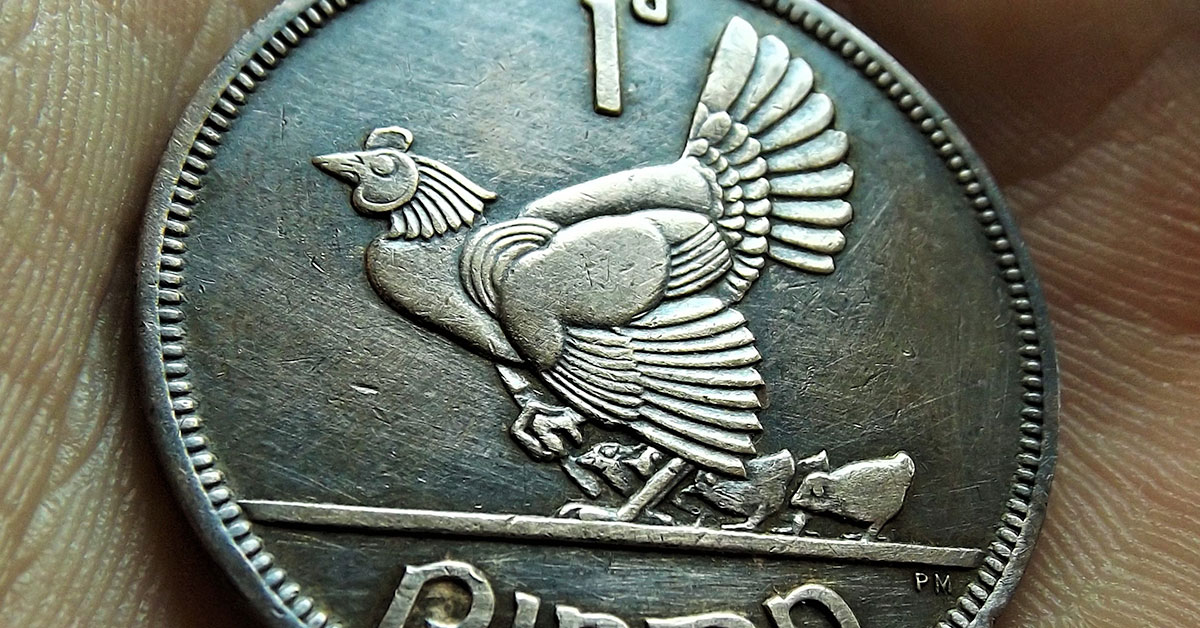
Conclusion
The Irish pound (IEP) was a currency which supported Ireland in its independence and establishing its identity. After gradual distinction from the pound sterling, the Irish pound managed to achieve a fixed exchange rate. After the creation of the EU, Ireland began to see the many benefits of adopting the euro, and introduced it in 2002.
Despite an initial rise in inflation, and a subsequent economic crisis in Ireland as part of the eurozone crisis, economists agree that the euro has been hugely positive for Ireland’s growth and recognition in the world economy.
If you need to exchange euros for pounds, then look no further than CurrencyTransfer.
For more articles on currency and economics, make sure to stay posted on our weekly articles at CurrencyTransfer in our Expert Analysis section. We also post daily updates on the market with our Market Commentary.
Sign up for an account with CurrencyTransfer today for free, and you’ll be assigned an account manager who will help you every step of the way.
Caleb Hinton
Caleb is a writer specialising in financial copy. He has a background in copywriting, banking, digital wallets, and SEO – and enjoys writing in his spare time too, as well as language learning, chess and investing.
